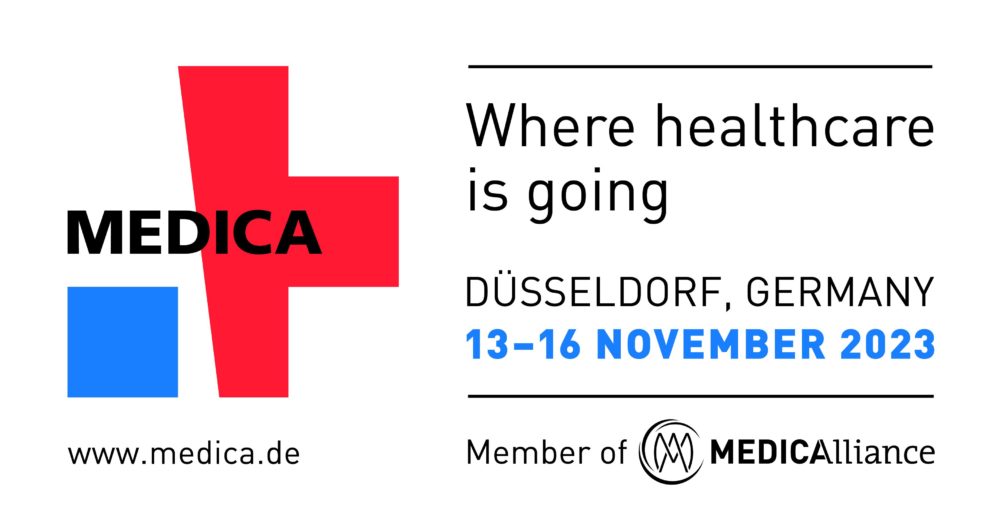Using robotics for operations is not a fundamentally new idea. What is innovative is the approach of making such systems operable remotely or mobile. Project leader Marc Ruffing, who conducts research in the research area "Intelligent Networks" at DFKI and at the “Chair of Radio Communication and Navigation“ at RPTU, outlines the challenges involved: "Until now, the person performing the operation has had to be present near the operating room, since mobile use of remote-controlled robotics is not yet practical due to the size and infrastructure of such systems. In addition, the control of the systems is not intuitive. The person operating uses joysticks over a shielded screen. Both natural motion and haptic feedback are missing. Unlike humans, robots are not sensitive enough."
High demand for latency
Ruffing and his team have made it their research task to overcome these hurdles. To do this, they are using a demonstrator that consists of two collaborative robot arms and thus represents a classic setup. One robotic arm can be controlled by human hands through the guidance of the other. The system enables virtual haptic feedback in the form of force feedback, which is transmitted from the controlled robot arm to the controlling robot arm. This allows the controlling person to feel what they are doing. Communication between the two robots takes place via a network. There are no large data packets in transit - the crux of the matter is rather different: "Particularly in the case of such highly sensitive activities as remote-controlled operations, particularly high latency requirements apply. Control commands from the person performing the operation must arrive at the treatment site without any delay," explains team leader Christoph Lipps. "That's why we're using the test scenario to specify what the future 6G mobile communications standard must meet in terms of real-time control."
Making control more "natural"
In parallel, the team is researching how intelligent technologies can be used to improve the system's operation. Among other things, they are testing a near-infrared-based motion capture system. This allows objects such as a hand and their movements to be captured with millimeter precision in space. This would eliminate the need for unnatural joystick control. It is also possible to integrate a human-machine interface (brain-computer interface, BMI) into the system. "By using electroencephalography or near-infrared spectroscopy to measure a person's brain waves, we can obtain data that provide information about their state of mind," says Matthias Rüb, a research associate on the team. "An artificial neural network, an application from the field of machine learning, takes care of the analysis. It scans the data measured by BCI and assigns states of mind to them. If the doctor's attention decreases or his stress level increases, for example, a warning message could be issued.
Contribution to the "Open6GHub"
The team will use the results of the project to fill in the specifications for real-time remote control of surgical robots. "We are not developing medical devices," Ruffing summarizes."Rather, we're interested in defining requirements for 6G and for AI to bring the technology into use - for example, in the form of a mobile operating room or built into an ambulance."
The project is located under the "Open6GHub" umbrella, which is coordinated by Professor Hans Dieter Schotten, who leads the Intelligent Networks research area at DFKI and the Chair of Radio Communication and Navigation at RPTU. In addition to the RPTU and the DFKI, other universities and research institutes are involved in the project. In the research alliance, the partners want to contribute to the development of an overall 6G architecture and also launch end-to-end solutions in the following areas, among others: Advanced network topologies with highly agile so-called organic networking, security and resilience, Thz and photonic transmission methods, sensor functionalities in the networks and their intelligent use and further processing, and application-specific radio protocols.
Along the way, the researchers are open to dialogue and collaboration. "We are looking for an early and interactive dialogue with the public and are equally ready for collaborations with industry and users," Schotten said. "To this end, we will install Open Labs and open experimental fields. Last but not least, we want to promote an open innovation system by involving SMEs and startups and their results."

